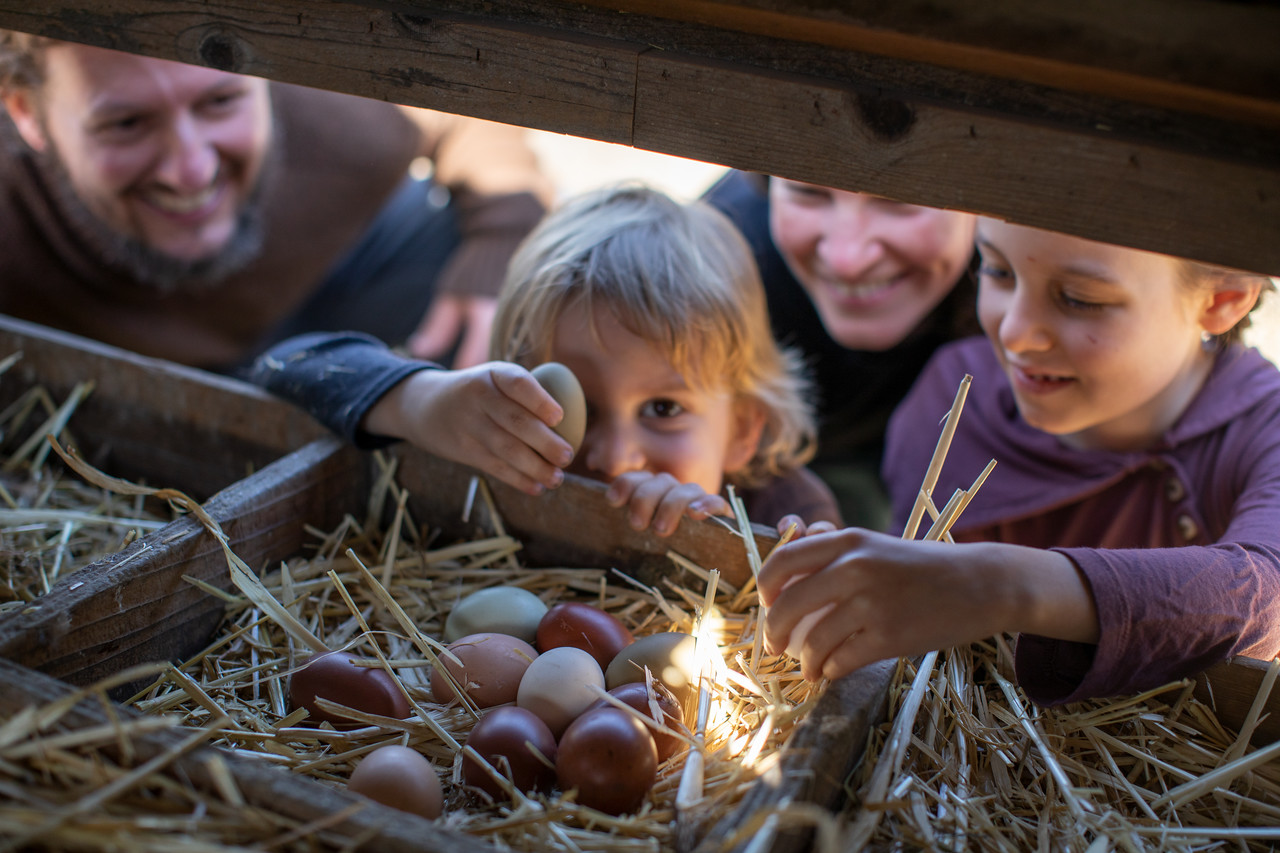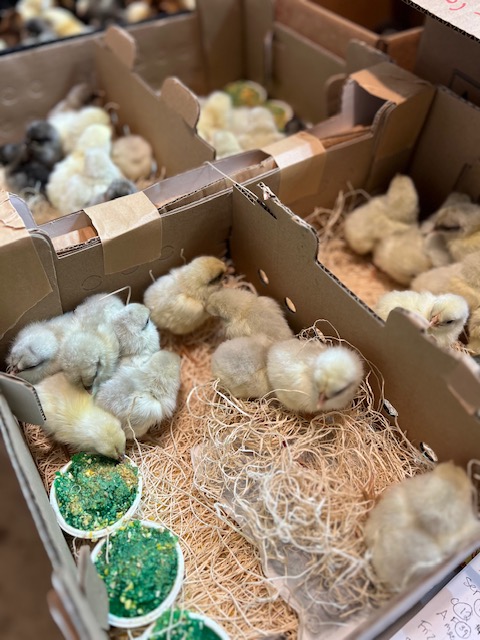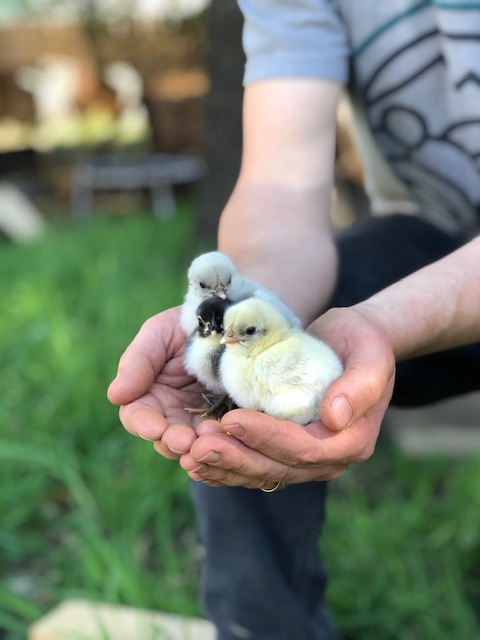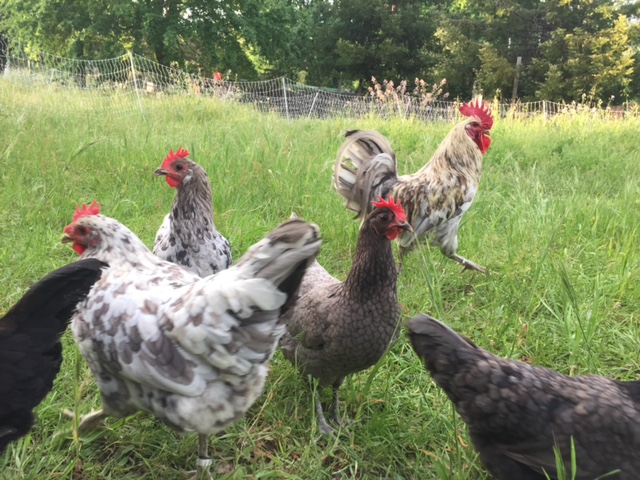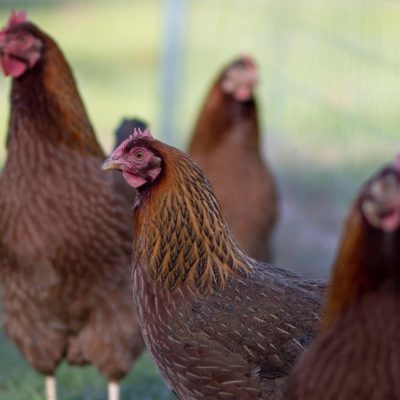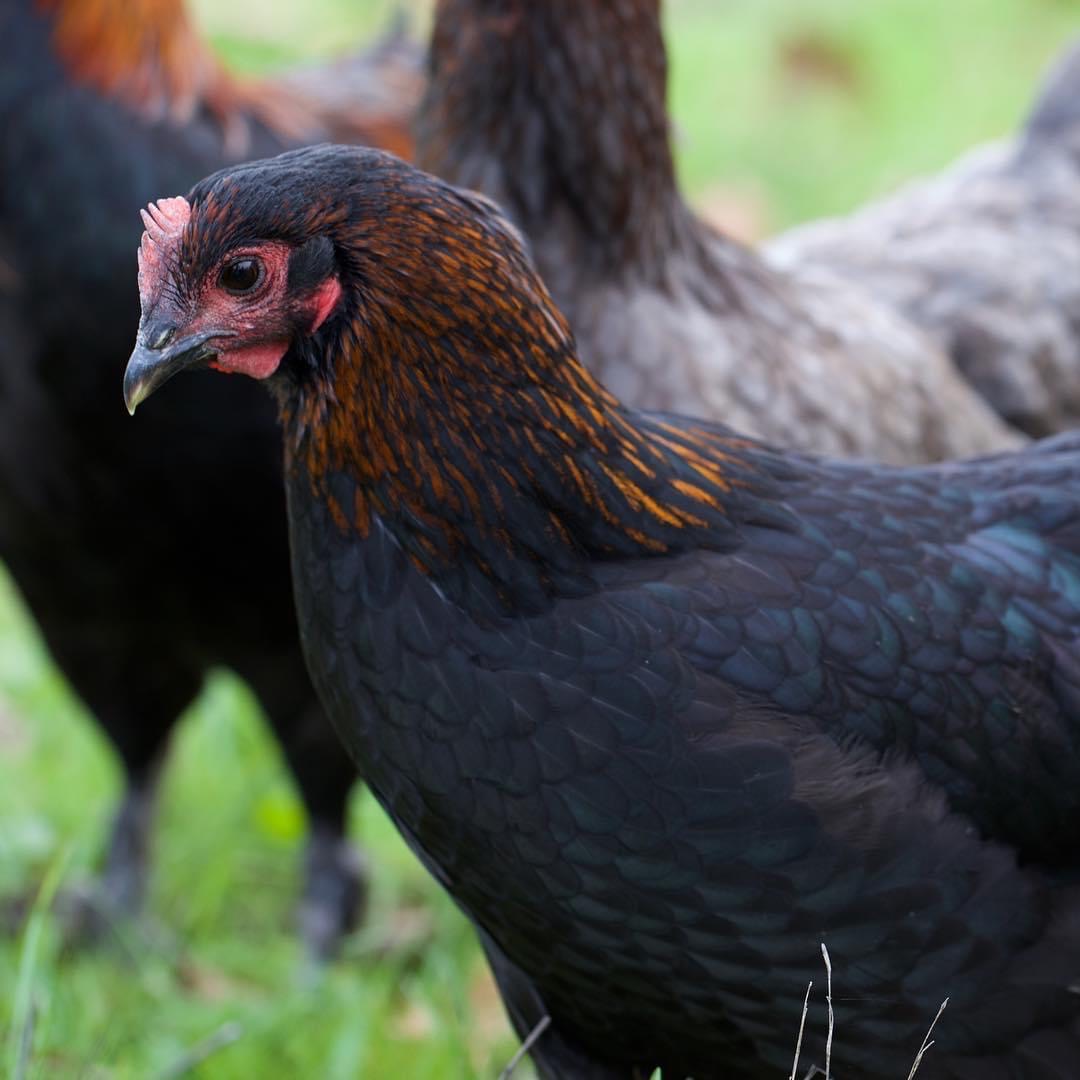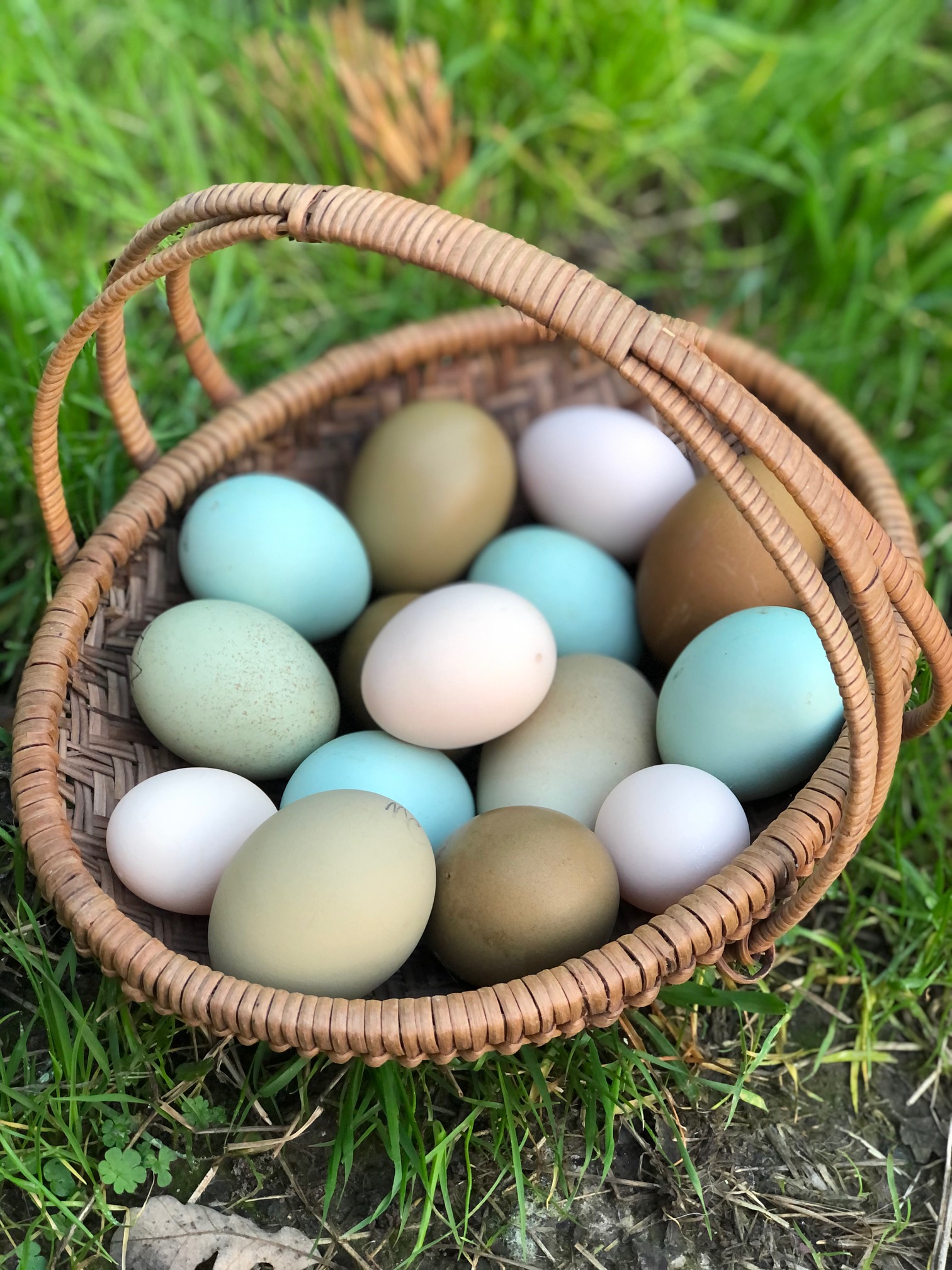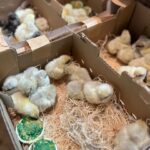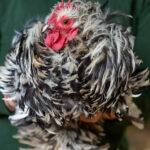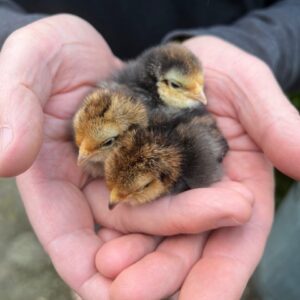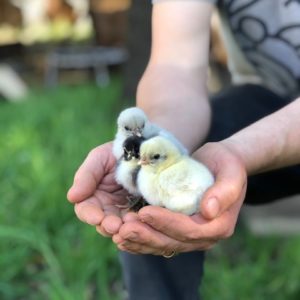Where to Buy Baby Chicks Near You
If you’re looking to buy baby chicks, you’ve come to the right place. In this article, we’ll show you where to buy baby chicks near you, as well as what to look for when choosing a hatchery. We offer pickups of chicks directly from our farm for folks who are local and for folks who live further away, we offer shipping nationwide!
Where to Buy Baby Chicks
There are a few different places where you can buy baby chicks. You can buy them from a local hatchery or national hatchery you trust, a feed store, or even online.
If you’re looking for the best selection of chicks, your best bet is to order chicks online, this way you can secure the breeds you are interested in without having to wait in line at a feed store. Hatcheries typically have a wide variety of breeds to choose from, and they can also give you advice on how to care for your new chicks.
If you don’t have a local hatchery near you, you can also buy chicks from a feed store. Feed stores typically carry a smaller selection of chicks, but they can still be a good option if you’re in a hurry or don’t have time to drive to a hatchery. Do be aware that chicks in the feed store are exposed to many people touching them and there is always the possibility for disease to be transmitted to the chicks if people are touching the chicks who have diseased flocks at home.
Finally, you can also buy chicks online. There are a number of websites that sell baby chicks, and this can be a convenient option if you live in a rural area or don’t have time to go to a hatchery or feed store.
What to Look for When Choosing a Hatchery
When choosing a hatchery, it’s important to do your research and choose one that has a good reputation. Read online reviews and talk to other chicken keepers to get recommendations.
Some things to look for when choosing a hatchery include:
- A good reputation and good animal husbandry practices. How are they caring for the birds?
- A wide variety of breeds. We offer 13 unique breeds that lay gorgeous egg colors!
- A healthy chick guarantee. We guarantee live arrival of all of our baby chicks in the mail 🙂
- A fast shipping time. We select overnight express delivery through the USPS.
- A convenient payment method. We accept all credit/debit cards, PayPal, Venmo and checks.
It’s also important to make sure that the hatchery you choose participates in the NPIP program. This will help ensure that the chicks you buy are healthy and free of disease.
How to Care for Baby Chicks
Once you’ve chosen a hatchery and bought your baby chicks, it’s important to know how to care for them properly. Here are a few tips:
- Provide a warm, safe place for your chicks to live.
- Feed them a high-quality chick starter feed. Do your research on if you need medicated or unmedicated feed.
- Keep them clean and dry.
- Socialize them with people and other animals.
With proper care, your baby chicks will grow into healthy, happy chickens. And you’ll have the enjoyment of watching them interact with your backyard. Chickens are wonderful pets to help get us outside, they give us a reason to get some exercise, they provide company and they lay us eggs. They are truly the perfect pet!
